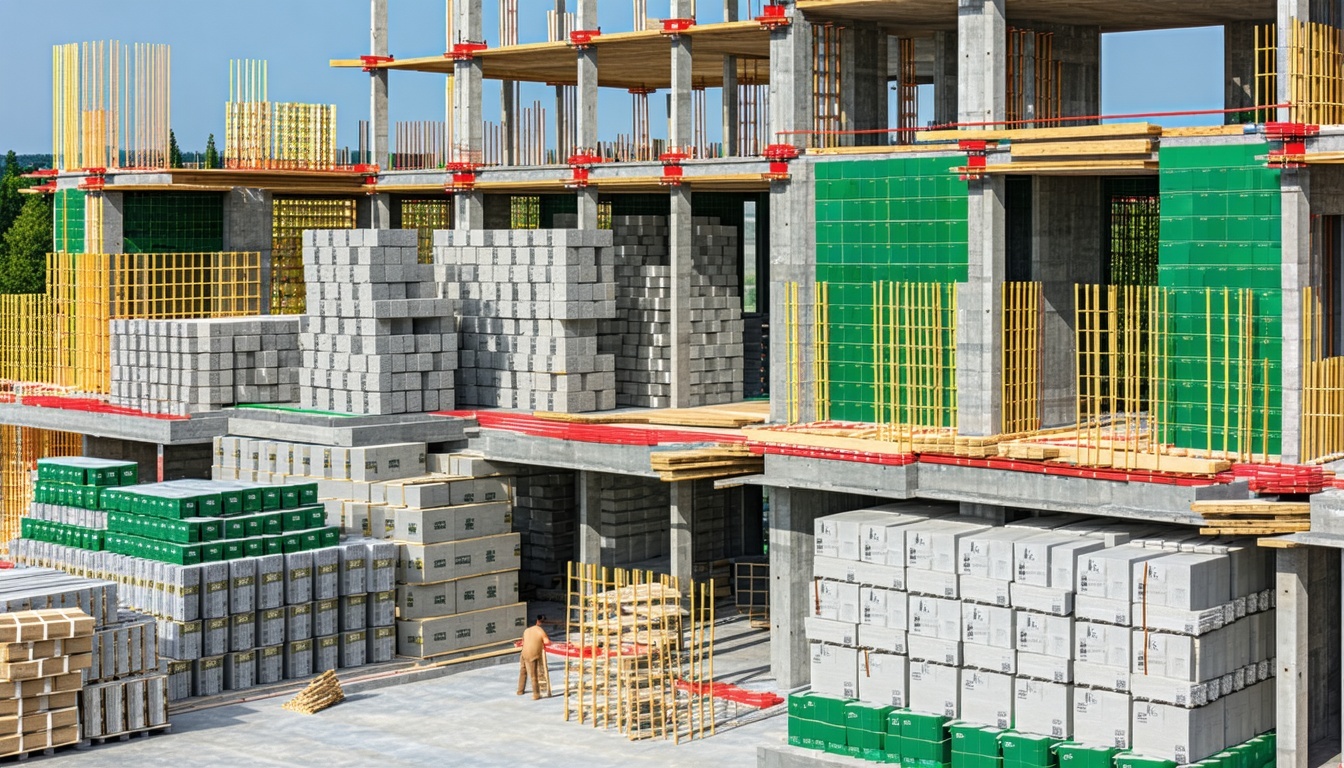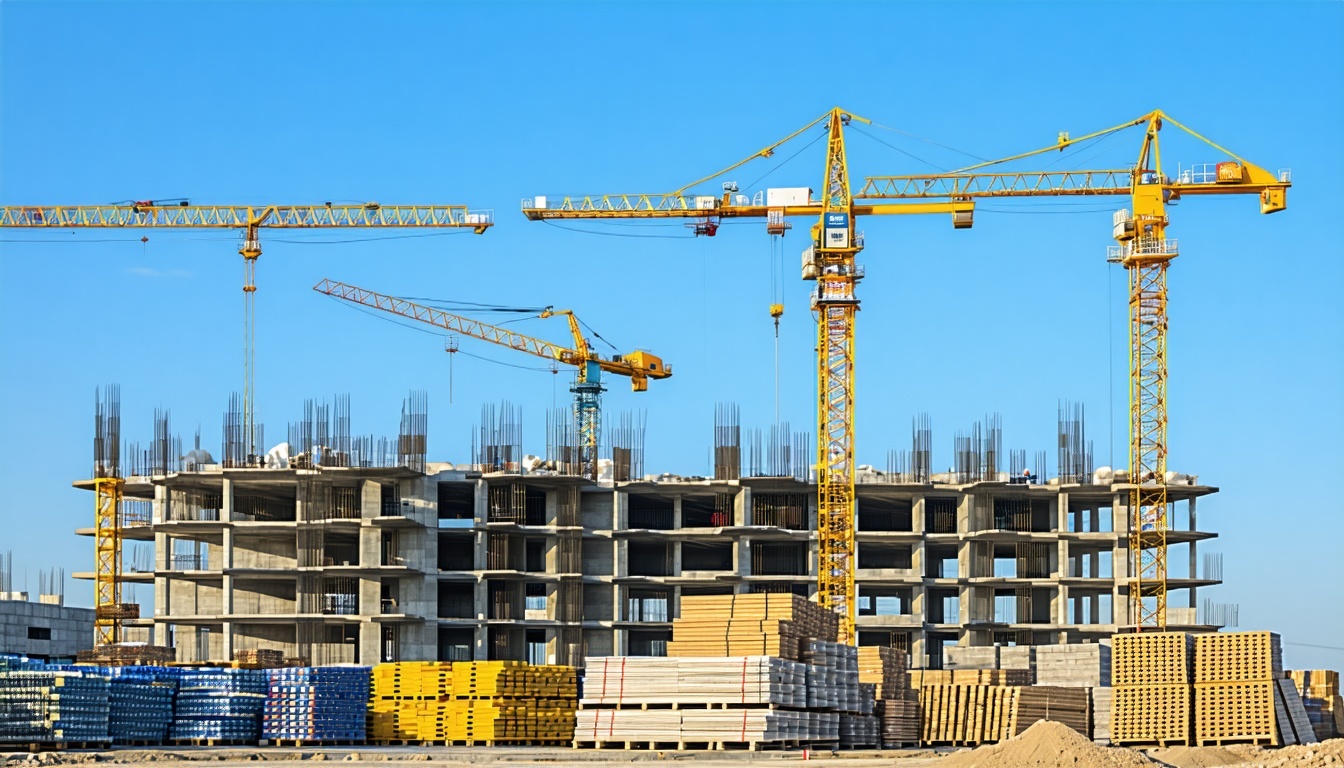Understanding the new mandatory embodied carbon reporting requirements in NSW is crucial for the construction industry’s future.
NSW’s New Embodied Carbon Reporting Requirements: An Overview
As of October 1, 2023, the NSW Government has mandated embodied carbon reporting for all new residential and non-residential developments. This initiative is part of a comprehensive strategy aimed at reducing emissions from the construction sector, which contributes nearly 10% of the state's total emissions. The goal is to align with NSW’s net zero targets by 2050, emphasising the importance of sustainable development practices.
Scope of Requirements for Different Project Types
The requirements for embodied carbon reporting vary based on the project type. For non-residential projects, emissions must be quantified and reported using the NABERS Embodied Emissions Tool once it is released, or an interim reporting form in the meantime. This reporting is part of the development application and construction certificate process.
Residential projects are required to report embodied emissions using the BASIX Materials Index. This index relies on emissions factors from the Environmental Performance in Construction database. Additionally, for large-scale public infrastructure, the NSW Government’s Decarbonising Infrastructure Delivery Policy applies to building projects over $50 million and linear infrastructure projects over $100 million. Agencies must assess and report embodied carbon at various project stages, including business case, procurement, planning approval, and construction.
The Reporting Process: What to Expect
Clients engaging in embodied carbon reporting services can expect a thorough and structured process. Service providers will collect detailed information about the materials used in the project. Using approved tools and databases, they will calculate the associated emissions and prepare the necessary documentation for submission to planning authorities.
The process is supported by updated technical guidance and a nationally consistent measurement methodology. This ensures transparency, comparability, and alignment with both state and national standards, facilitating a smoother compliance journey for clients.
Benefits of Embodied Carbon Reporting Services
The new requirements are designed to integrate carbon reduction as a core part of project development, rather than treating it as an add-on. Embodied carbon reporting services help clients identify opportunities for carbon reduction, ensuring compliance with evolving regulations and preparing for future minimum standards anticipated in the National Construction Code from 2028.
Additionally, these services support sustainable material choices, enhance environmental performance, and contribute to broader climate goals, ultimately benefiting the community and the environment.
Preparing for the Future: Engaging Reporting Services Early
Developers, architects, and infrastructure agencies in NSW are advised to engage experienced embodied carbon reporting services early in the project lifecycle. This proactive approach ensures accurate reporting, supports sustainable material choices, and helps projects meet both regulatory and climate goals in a rapidly changing policy landscape.
By integrating these services from the outset, industry professionals can navigate the complexities of the new requirements more effectively, ensuring that their projects align with the latest NSW policies and technical guidance.







